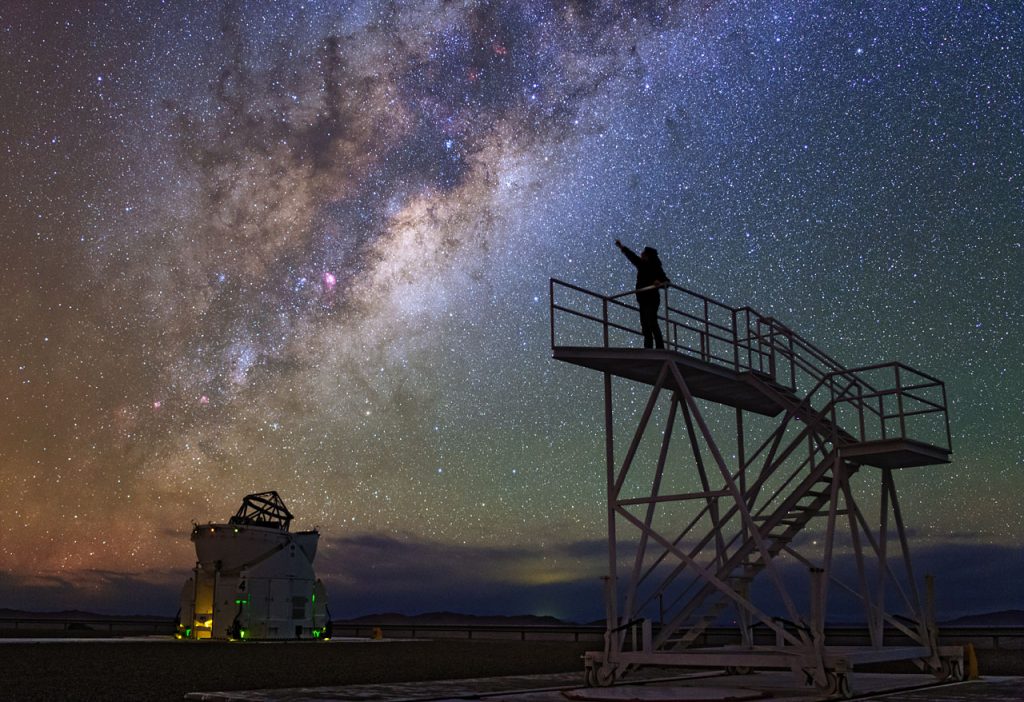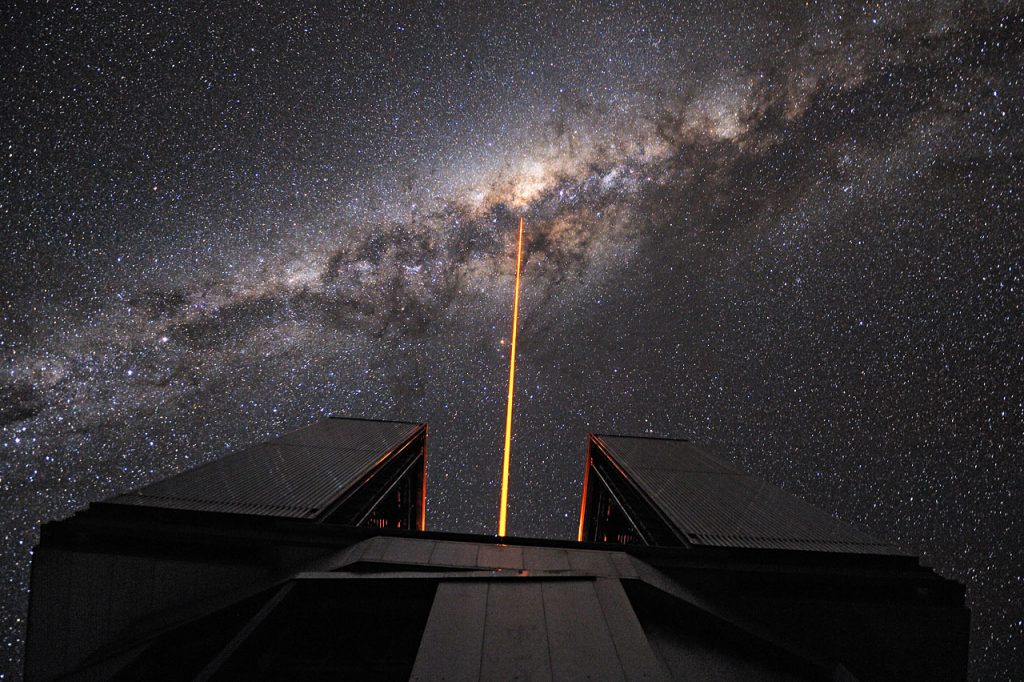Wandering Among the Stars
We dedicate this post to the crew of the space shuttle Challenger, whose intrepid wanderings were tragically cut short 30 years ago today.
Growing up in rural western North America, I often sat on the roof of our house at night and looked up into the Milky Way. On summer nights, in that high elevation valley with little light pollution, the wide band of stars stretched across the sky, with streaks of interstellar dust like dark rivers running through our galaxy. I looked up and wondered about other stars, different worlds, distant galaxies, and the limits of the universe.
The night sky also inspired our ancestors. When they looked up at the stars, planets, and into the heart of our galaxy, they imagined their place in a universe of deities, spirits, otherworlds, and afterlives. Evidence at Mayan archaeological sites suggests the Milky Way was seen as a portal to the afterlife, and speculation about the existence of other worlds and extraterrestrial life dates back at least to the writings of Greek philosopher Democritus (born around 460 BCE).
Today, 45 years after the NASA Apollo program first sent humans to Earth’s moon, and 115 years after the first science-fiction film, Trip to the Moon (Le Voyage dans la Lune), we are still inspired by outer space. As science and imagination extend human activity to the far reaches of our solar system, new technologies are bringing data and stories from otherworldly encounters back to Earth. Robotic rovers send us breathtaking images of landscapes on other worlds, and astronauts tweet about their daily lives 200 miles up in the International Space Station. At the same time, the CEO of a private space company talks about “nuking Mars” to prepare it for human habitation, and others say settling Mars is our “manifest destiny” like “pioneering the [American] West.” In contrast, NASA astronaut Dr. Mae Jemison says she hopes to discover “a better version of ourselves in space.”
As an anthropologist studying outer space, I wonder why language like “manifest destiny” and “colonization” appears in our conversations about space. What would a “better version” of ourselves look like? Where does our fascination with space come from? Why do we dream about, write about, and study outer space? And as we get ever closer to moving into space, what does this all mean for human futures?
In his 1994 book, Pale Blue Dot, American astronomer Carl Sagan (1934–1996) tells a story of ancient humans watching the stars and noticing that five of those stars didn’t rise and set like all the others. These apparently aberrant stars seemed to wander back and forth across the night sky, sometimes even doing loops. Mercury, Venus, Mars, Jupiter, and Saturn, as well as the sun and moon, were believed to revolve around Earth. Unlike scientists and stargazers of the past, Sagan wrote, we now say these aren’t stars at all, and instead we call them planets, from the Greek word for wanderers (planētēs). We are no longer the center of our solar system or the universe. Earth, it turns out, is another wanderer circling the sun.
In Sagan’s poetic story of human history, we are a species of wanderers moving from continent to continent, expanding across and around the earth like those five planets wander across the sky. And now, he wrote, we “have wandered among the wanderers,” since national space agencies have sent spacecraft to other worlds and beyond to the edges of interstellar space, and NASA is preparing to send humans to Mars in the next few decades.
Are we restless and driven to explore, as Sagan says? Will going into space bring humanity together or will we simply bring inequalities and injustices with us? The idea of humans as benevolent explorers sits somewhere between two extremes: those who argue it is our “destiny” to “colonize” other worlds, and those who ask why we’re going into outer space at all. In the midst of these ongoing debates about outer space, Sagan’s writing continues to inspire space scientists and everyday people to imagine what life might be like for humans living amongst the stars, and to wonder how going into space might change life here on Earth. Sagan’s writing also inspired the name of this blog about the anthropology of outer space: Wanderers.
Inspired by Carl Sagan’s story of our species as restless wanderers, Erik Wernquist created this short science-fiction film, also called Wanderers. Working with real images and textures from NASA space science, Wernquist added humans, space habitats, and spacecraft to build a vision of “humanity’s future expansion into the Solar System.”
Like artists and writers of science fiction, anthropologists and other scientists studying space are thinking about life on Earth while imagining possible futures here and elsewhere. Today private corporations and national space agencies, from the U.S., Canada, and Europe to India and Indonesia, are all going into space. As we spend longer in space, and plan to set up human habitation on other worlds, it is no longer a question of whether humans will move into space, but when. Now is the time to ask what kind of future we imagine for humanity in outer space, and what that future will mean for life here on Earth.

































